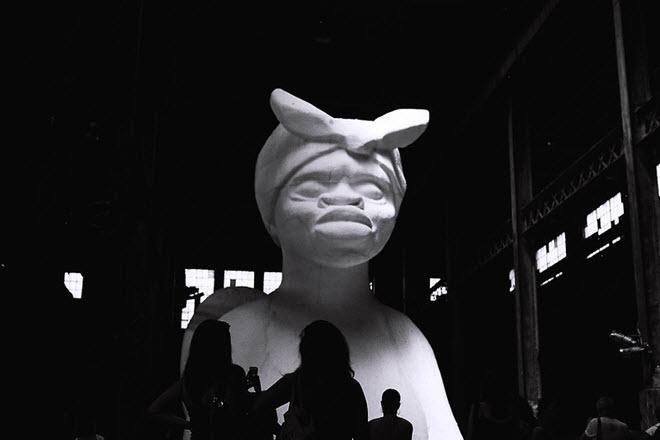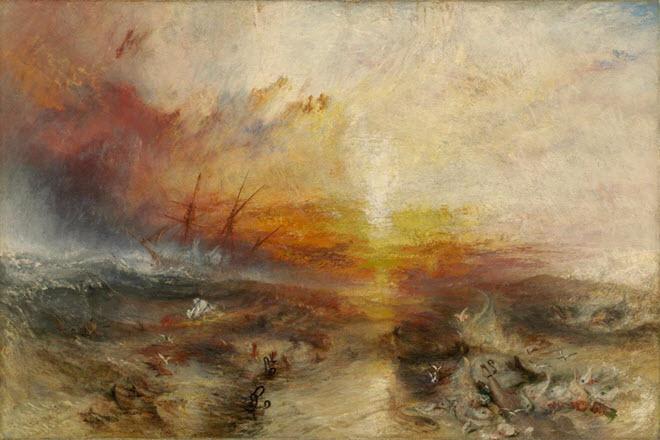Artistic Responses to the Zong Massacre (1781)
Resource Description
Suitable for introductory or humanities survey courses, this module offers teaching resources for a unit on the 1781 Zong massacre. It focuses on artistic responses to the massacre and on how the massacre is a representative event of the Transatlantic Slave Trade. The module includes artworks and texts that could be used in the classroom, discussion questions and activities, and a culminating writing prompt. This module invites students to reflect on the gaps in the colonial archive and to think about the role of art and literature in shaping understandings of historical events. It also provides students with an opportunity to recognize how the dehumanizing logic of slavery shaped modernity and how black artists challenge its legacy through their work.
Learn moreSugar and Servitude: The Taste of Color

Credit: Kara Walker's "A Subtlety" by metacynic is licensed under CC BY 2.0
Resource Description
This module provides resources for teaching about the artistic practice of Kara E. Walker and its interrogation of whiteness and race. Materials also support teaching an overview of the history of the production, consumption, and meanings of sugar, particularly as that history has contributed to the Transatlantic slave trade and continues to depend upon coercive labor practices in the U.S. and globally. Included is a list of artworks produced by Walker that touch specifically on sugar and links to videos of the artist describing aspects of her practice; academic and literary texts that can inform students’ ability to read Walker’s complex visual texts; discussion questions and classroom activities to further their engagement with the material; and ideas for culminating projects.
Learn more
